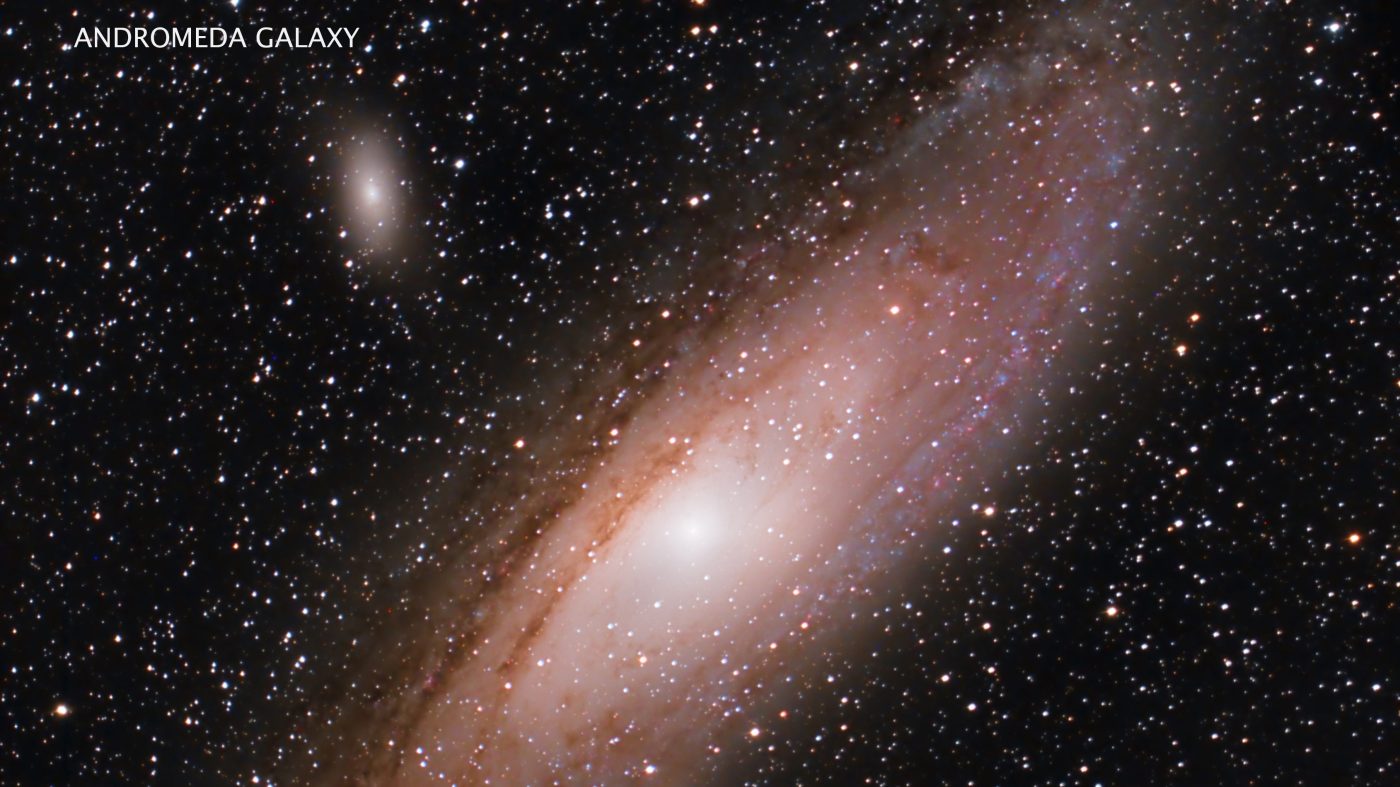
Skywatch: Arcturus is the great star of summer and on the rise … for now
Without a doubt, the brightest star in the summer night sky is Arcturus. It’s the second-brightest star in our night skies throughout the year. Only Sirius, the brightest star in the constellation Canis Major, the Big Dog, is more brilliant. Arcturus has actually been visible in the evening sky since February when it was barely above the horizon in the early evening. I love it when Arcturus starts appearing because it’s a promise that summer’s coming. Once again, the promise has been kept. Earth has moved far enough in its orbit around the sun to give us a more direct view of Arcturus. That’s why it’s so much higher in the evening sky. As twilight fades Arcturus pops into view very high in the southern sky. You can’t miss it. It’s the brightest star in the sky! If you want even more confirmation you’re seeing Arcturus, use the old, reliable stargazing tool, “Arc to Arcturus.” Find the arc of the handle of the Big Dipper, and with your mind’s eye extend that arc beyond the end of the Dipper’s handle. You’ll run right into Arcturus, guaranteed!
(Mike Lynch)
Not only is Arcturus the brightest star in the summer night sky, but it’s also the brightest star in the constellation Bootes the Farmer or Herdsman. Rather than a hunter, though, Bootes looks much more like a giant kite with Arturus beaming at the tail. You also can’t help but notice that Arcturus has an orange-reddish glow. It’s considered by astronomers to be a red giant star, way larger than our sun, with a diameter of 22 million miles. Our sun isn’t even a million miles across! Its Arcturus is 37 light-years from Earth, with just one light-year equaling nearly 6 trillion miles. It’s so far away that the light we see from it now left that star shortly after Ronald Reagan became president.
The cool thing about the night sky is that when we look up at the constellations, we see the same star patterns our ancestors saw thousands of years ago. They’re also the same patterns our descendants will see thousands of years from now. Stars are often referred to as fixed, but strictly speaking, they’re not. They’re constantly on the move, tearing along at incredible speeds. Like our sun, most of them are obediently orbiting around the center of our Milky Way galaxy. Some mavericks travel in different directions. We can’t easily detect the changing positions of the stars among each other because of their incredible distances. That’s why they seem fixed in place.
There are some exceptions, though, and Arcturus is one of them. About 300 years ago, Sir Edmund Halley, the same guy after whom the famous comet is named, detected changes in Arcturus’ position relative to nearby stars in the sky by comparing ancient star charts with what he was observing. Since then, it’s been determined that Arcturus is moving over 75 miles a second relative to our solar system. And it’s coming in our direction! Many astronomers believe that it’s about as close to us as it’s going to be. Turning the clock backward as little as half a million years ago, it’s believed that Arcturus was so far away that it wasn’t even visible to the naked eye. And, in about another half million years, it will fade from our view, never to be seen again. So, enjoy Arcturus for now.
Don’t take this coming summer for granted, and don’t take the brightest star of summer for granted, although there are still quite a few summers to go!
Mike Lynch is an amateur astronomer and retired broadcast meteorologist for WCCO Radio in Minneapolis/St. Paul. He is the author of “Stars: a Month by Month Tour of the Constellations,” published by Adventure Publications and available at bookstores and adventurepublications.net. Mike is available for private star parties. You can contact him at mikewlynch@comcast.net.
Related Articles
Skywatch: Star hopping in the spring sky
Skywatch: We’re getting dumped on
Skywatch: Springtime skies with a touch of summer
Skywatch: A memorable solar eclipse trip
Skywatch: The lion has the hunter on the run


